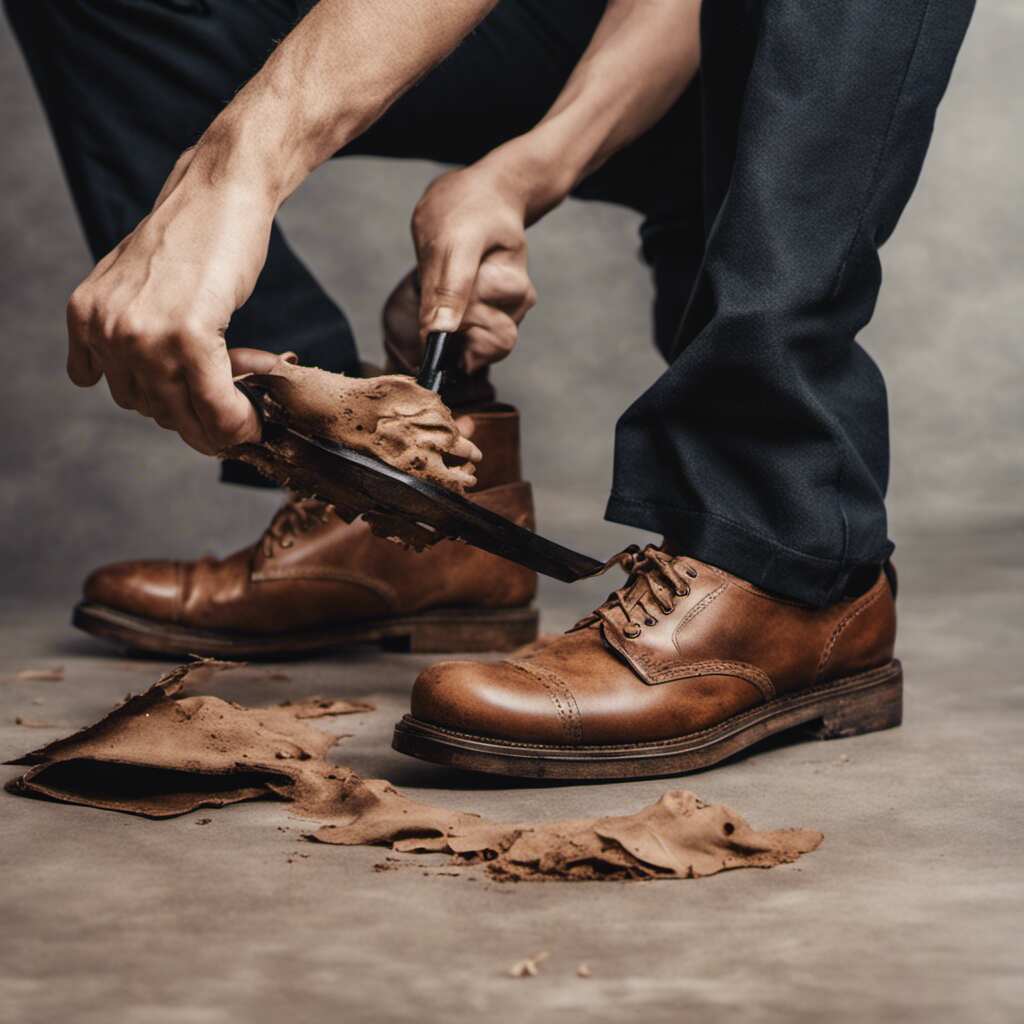
When it comes to footwear, there’s nothing quite like the luxurious allure of leather shoes and boots. They exude an air of sophistication and timeless style that can elevate any outfit, from a casual day out to a formal evening event. However, to keep these cherished accessories looking their best and ensure they stand the test of time, proper care and maintenance are essential. Leather has been a prized material for centuries, cherished for its durability, suppleness, and unique character that only improves with age.
Whether you’re an aficionado of sleek dress shoes, rugged work boots, or stylish ankle boots, understanding the nuances of leather care is crucial to preserving their allure. In this comprehensive guide, we’ll delve into the art of leather shoe and boot care, imparting wisdom that will not only help you maintain their lustrous appearance but also extend their life, allowing you to enjoy that unbeatable combination of comfort and elegance for years to come. With the proper knowledge and a few simple steps on how to clean and care fore your leather shoes and boots,, you can ensure your leather shoes and boots not only maintain their inherent beauty but also become an enduring symbol of your personal style.
Understanding Your Leather: Types and Varieties
Before you start cleaning, it’s essential to know the type of leather you’re dealing with. Different leather varieties require specific care. Here’s a quick overview:
- Full-Grain Leather: This high-quality leather retains its natural texture and is durable. It develops a unique patina over time.
- Top-Grain Leather: Slightly processed to remove imperfections, it’s smooth and versatile. It’s commonly used in dress shoes.
- Suede Leather: Known for its soft, textured surface, suede is more delicate and requires specialized care.
- Nubuck Leather: Similar to suede but with a finer grain, nubuck is also prone to scuffs and requires special attention.
Cleaning Routine: Keeping Leather Spick and Span
Regular cleaning is the key to maintaining the appearance and condition of your leather shoes and boots. Here’s how to do it effectively:
- Preparation: Remove laces and shake off excess dirt. Use a soft brush or cloth to wipe away loose debris.
- Gentle Cleansing: For smooth leather, dampen a clean cloth with lukewarm water and mild soap. Gently wipe the leather’s surface to remove dirt and grime.
- Suede and Nubuck: Use a suede brush or eraser to remove stains and scuffs. Brush in one direction to restore the nap.
- Stubborn Stains: For tough stains, use a leather-specific cleaner. Test it on a small, hidden area first to ensure it doesn’t damage the leather.
Conditioning and Nourishing: Keeping Leather Supple
Leather can dry out over time, leading to cracks and a dull appearance. Conditioning helps restore moisture and keeps the leather supple:
- Choosing a Conditioner: Opt for a leather conditioner with natural ingredients. Avoid silicone-based products as they can create a sticky residue.
- Application: Apply the conditioner evenly using a clean cloth. Massage it into the leather in circular motions.
- Buffing: After a few minutes, buff the leather with a soft cloth to remove excess conditioner. The leather should feel nourished but not greasy.
- Frequency: Condition your leather shoes and boots every few months or when they start to feel dry. Regular conditioning prevents cracking.
Protection Against the Elements: Water and Weather
Leather is susceptible to damage from water and harsh weather conditions. To protect your shoes and boots:
- Waterproofing Spray: Use a quality waterproofing spray designed for leather. Apply it evenly, ensuring complete coverage.
- Drying: If your leather footwear gets wet, let it dry naturally at room temperature. Avoid direct heat sources like radiators, which can cause leather to crack.
- Storage: Store leather shoes and boots in a cool, dry place. Avoid plastic bags, as they can trap moisture.
Dealing with Scratches and Scuffs: A Quick Fix
Minor scratches and scuffs are inevitable, but they don’t have to be permanent blemishes. Here’s how to address them:
- Rubbing Alcohol: Dab a bit of rubbing alcohol on a cotton swab and gently rub over the scratch. Wipe away any excess with a clean cloth.
- Leather Polish: For deeper scratches, use a leather polish that matches the shoe’s color. Apply it sparingly and buff gently for a smoother appearance.
Suede and Nubuck Care: Handling Delicate Leather
Suede and nubuck require special care due to their delicate nature. Here’s how to keep them looking pristine:
- Suede Brush: Regularly brush suede and nubuck with a suede brush to maintain the nap and remove surface dirt.
- Stain Eraser: Use a suede eraser to gently rub away stains. Avoid excessive pressure, as it can damage the leather.
- Protection Spray: Apply a waterproofing spray designed for suede and nubuck to repel water and prevent stains.
Conclusion
By adopting a consistent cleaning and care routine, you’re not just preserving the appearance of your leather shoes and boots—you’re ensuring their longevity and comfort. Remember, each scuff tells a story, and with the right care, your leather footwear will continue to accompany you on many journeys. So, go ahead, give them a little TLC and let them shine, just like the day you brought them home. Your steps deserve nothing but the best.





